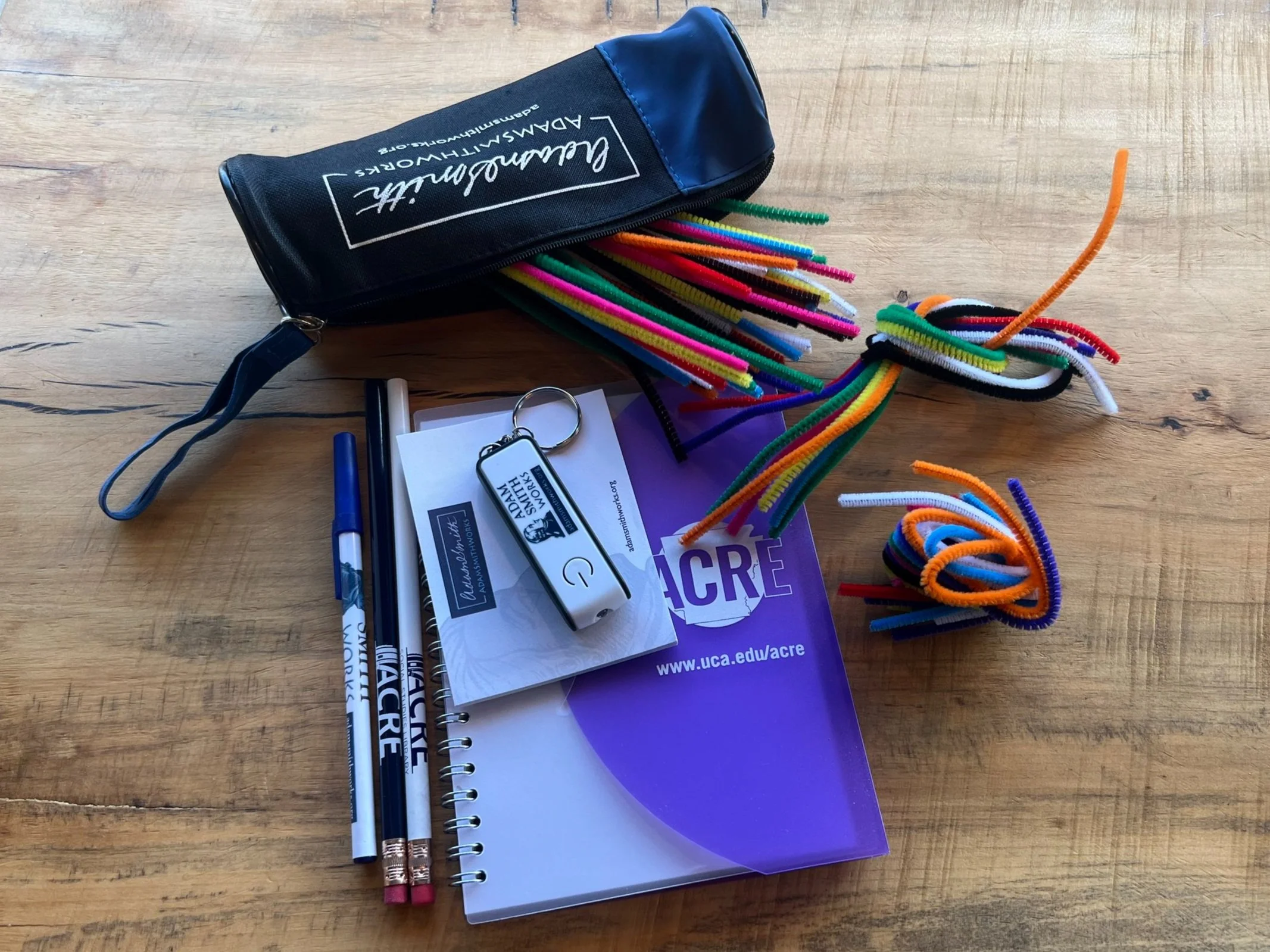As the election of 1932 approached, Americans were seeking a response to the impacts of the Great Depression around the country. The election would mark the first of Franklin D. Roosevelt’s four terms as President of the United States.
Read MoreThis curriculum includes lesson plans and activities for multiple days of class, as well as discussion guides, writing prompts, and assessment materials. Students will explore questions like: How am I compensated for my time and labor at a job? What taxes am I responsible for paying? Should I consider local, state, and federal taxes when financial planning?
Read MoreUsing these activities, students learn about jobs and salaries around the United States, explore their personal and professional career interests, and create plans for achieving their career goals.
Read MoreStudents learn about the division of labor and specialization by making pins out of pipe-cleaners and touring a virtual pin factory. They research technology and how new ideas and inventions impact the lives of individuals, families, & communities. Analyzing world, continent, and country maps, students consider how natural resources and natural geography influence economies.
Read MoreThe lesson plan provides examples that you can discuss with students to show them how to track income and expenses as well as how to create short and long terms savings plans. Vocabulary strategies are also included to get students comfortable using personal finance terms like net & gross income and fixed & variable expenses.
Read MoreThe Trade Game is an easy to learn, fun to play, engaging classroom activity that fits easily into any social studies curriculum and is readily adjusted to classes of all sizes and ages.
Read MoreThis curriculum includes a variety of audio, visual, and written materials to guide students through the process of building credit, how to navigate lending markets, and how to plan for large purchases.
Read MoreThrough the lesson, videos, readings, and activities, learners see how sweatshop conditions compare to the other options people in developing countries have and be invited to think about how having more “bad” options can be better than having less.
Read MoreThis curriculum explores an alternate way of thinking about the “cost” of any object: the effort that is “hidden” underneath a dollar bill. Learners explore historical trends in productivity, how wealth is created in modern economies, and how to technology increases in quality and decreases in price over time.
Read MoreThe full curriculum includes a mapping activity, historical data analysis, videos, podcasts, and discussion topics to talk about economic freedom in your social studies classrooms.
Read MoreThe Mastering Interest Rates unit guides students through various life scenarios where interest rates appear…
Read MoreYoung adults who are curious about earning and saving money are asking questions about how to set goals and create a savings plan.
Read MoreWhat resources are available for you to discuss economic concepts throughout the social studies curriculum?
Read More













